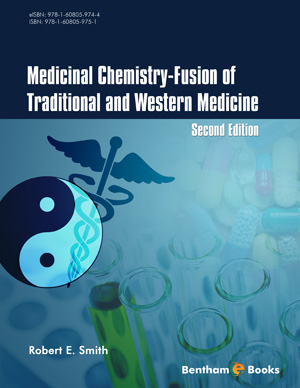Abstract
There are many important drugs that bind receptors. Morphine, codeine and heroin and fentanyl bind to opioid receptors. Barbituates, zolpidem and diazepam bind to GABAA receptors. Varenicline binds to nicotinic acetylcholine receptors; Tiotropium bromide binds to the M3 muscarinic acetylcholine receptor. Tamsulin binds α1aadrenergic receptors in the prostate; bronchodilators bind to β2-adrenergic receptors. Ramelteon binds to the melatonin receptor and lets the patient sleep. Memantine binds to the NMDA subset of glutamate receptors. Montelukast sodium is a synthetic antagonist of a cysteinyl leukotriene receptor. Loratadine blocks the binding of histamine to its receptor. Prostaglandin analogs, such as latanoprost decrease intraocular pressure by binding to prostaglandin receptors. Ranitidine binds to the histamine H2 receptor. Glipizide binds to K+ ion channels in the β cells of the pancreas. Pioglitazone is an agonist of the peroxisome proliferator-activated receptor-γ, or PPARγ. Atenolol binds competitively to the β-adrenergic receptor and blocks the binding of the natural ligands, adrenaline and noradrenaline. Calcium ion channel blockers like Amlodipine decrease contractions of the heart and dilate the arteries, lowering blood pressure. Clopidogrel bisulfate prevents the formation of blood clots by inhibiting the binding of ADP to its platelet receptor. Estrogens and progestins bind to estrogen receptors and progesterone binds to its receptor. Oxytocin binds to G-protein coupled receptors (GPCRs). Calcitriol binds to the Vitmin D receptor. Raloxifene is a selective estrogen receptor modulator. FY720 binds to the sphingosine-1-phosphate receptor. Vaccine adjuvants bind to toll-like receptors. UK-427857 (Maraviroc®) binds to the CCR5 receptor, preventing the binding of HIV.
Keywords: GABAA, glutamate, prostaglandin, -adrenergic, platelet, Vitmin D, estrogen, progesterone, M3 muscarinic acetylcholine, receptor, GPCR.






















